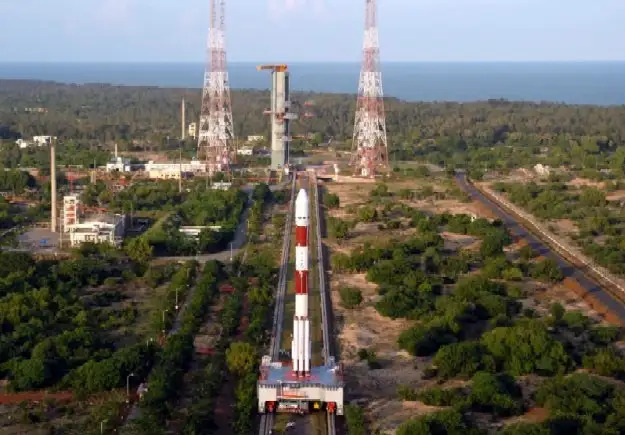Vidushi Nautiyal, Pune
Researchers from the University of Hawai’i (UH) at Manoa in the United States have found evidence that high-energy electrons originating from Earth might be responsible for the formation of water on the Moon’s surface.
Published in the journal Nature Astronomy, these findings suggest that electrons within Earth’s plasma sheet may be actively participating in the weathering processes on the Moon. These processes involve the breakdown and dissolution of rocks and minerals on the lunar surface and may play a significant role in the creation of lunar water. Furthermore, this study provides fresh insights into the origins of the water ice previously detected in the Moon’s permanently shaded regions.
The Chandrayaan-1 mission, launched by the Indian Space Research Organisation (ISRO) in 2008, played a pivotal role in the initial discovery of water molecules on the Moon. Solar wind, consisting of high-energy particles like protons, was long believed to be the primary driver behind lunar water formation. The research team focused on studying how surface weathering processes change as the Moon passes through Earth’s magnetotail, which is an area that offers protection from the solar wind but not from the Sun’s photons.

“This provides a natural laboratory for studying the formation processes of lunar surface water”, said Shuai Li, a planetary scientist at the University of Hawai’i at Manoa. The Moon is bombarded with solar wind when it is outside Earth’s magnetotail. Li further explained, “Inside the magnetotail, there are almost no solar wind protons, and water formation was expected to drop to nearly zero.”
Li and his co-authors meticulously analyzed remote sensing data collected by the Moon Mineralogy Mapper instrument, an imaging spectrometer aboard India’s Chandrayaan-1. Their investigation specifically focused on changes in water formation as the Moon passed through Earth’s magnetotail, encompassing the plasma sheet.
Their remote sensing observations revealed that water formation within Earth’s magnetotail closely resembled the conditions when the Moon was situated outside the Earth’s magnetotail. This hints at the presence of additional water formation processes or new water sources that are not directly tied to the impact of solar wind protons. They also found that high-energy electrons exhibited similar effects as solar wind protons within the magnetotail.
This discovery, along with prior research on rusty lunar poles, has drawn attention to previously unrecognized links between Earth and the Moon, added the researchers.
